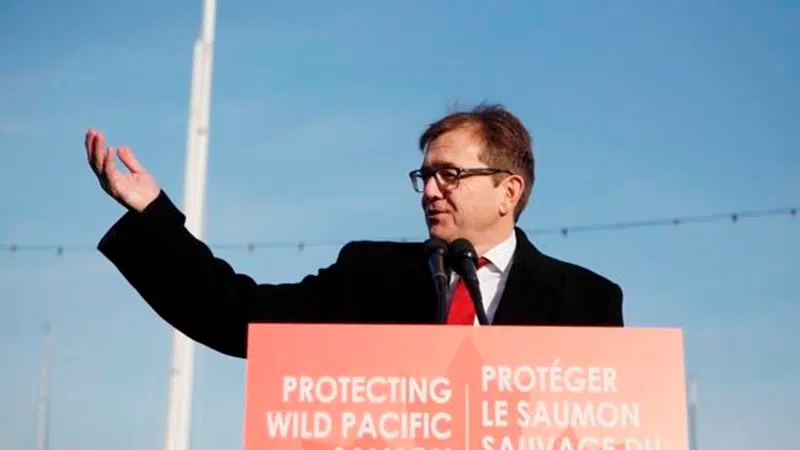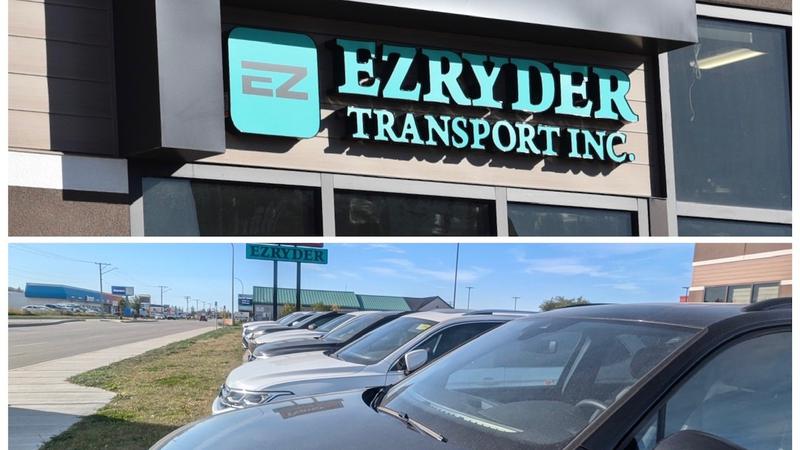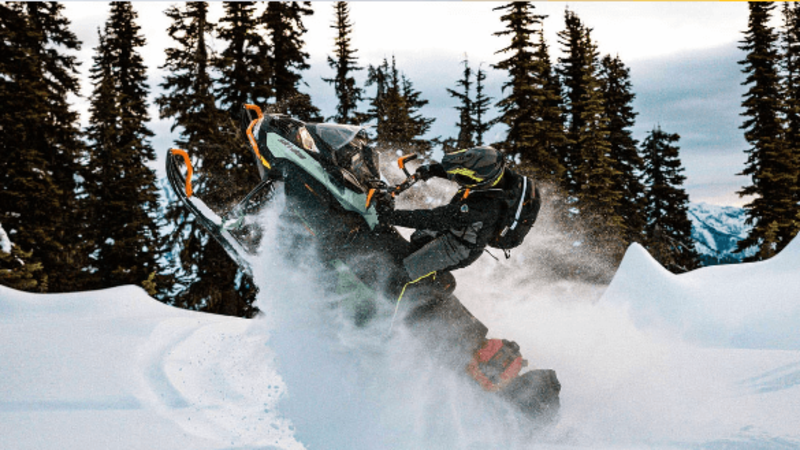
Canada banning oil, gas and mining from marine protected areas
OTTAWA — The oil-and-gas industry has worn out its welcome in Canadian marine conservation areas, and Canada’s environmentalists are overjoyed.
Fisheries Minister Jonathan Wilkinson unveiled new standards for marine protected areas in Canada on Thursday, fully prohibiting oil-and-gas activity, as well as mining, waste-dumping and bottom-trawling.
The change implements recommendations made to the government last year by an advisory panel, and brings Canada up to international standards set by the International Union for Conservation of Nature.


